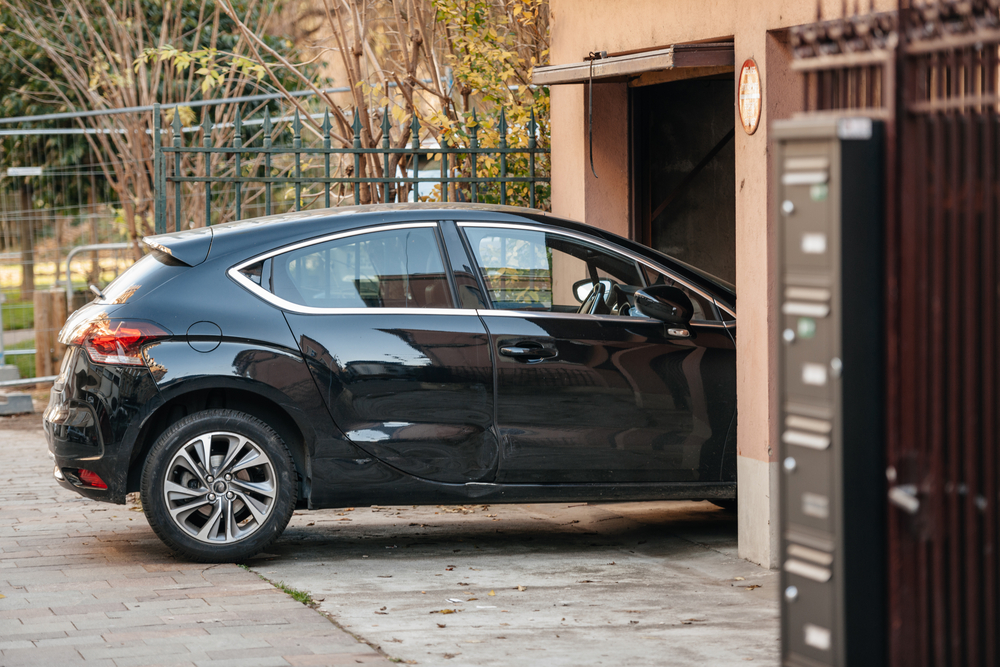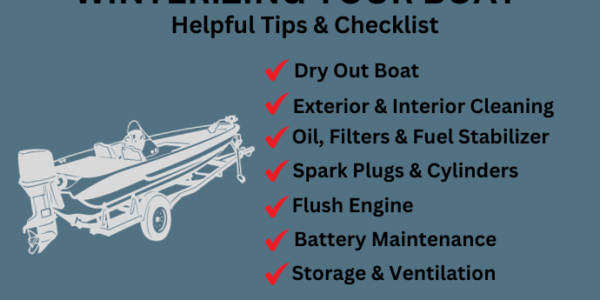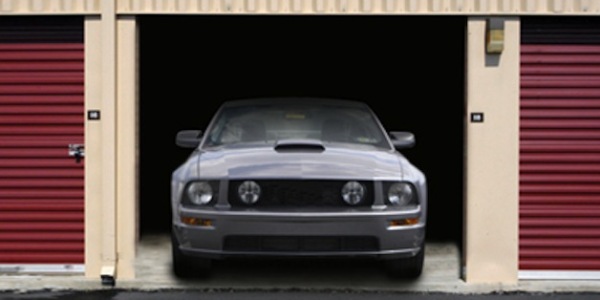Whether you’re relocating to a new city, preparing for a change in season, need more garage space or are simply protecting a valuable asset, vehicle storage may be necessary for various reasons. And although most of us hate the thought of parting ways with our car or truck for any length of time, we want to trust that it’s in good hands while we’re apart.
If you’re in the initial stages of exploring car storage options, you’ve likely got a lot of questions. This guide will provide essential information and address any concerns about storing one of your most and valuable possessions.
Jump to section:
- What You Need to Consider Before Choosing Vehicle Storage
- The Right Storage Unit Size for a Truck
- Is Indoor Storage the Only Option?
- Other Essential Storage Points to Consider
What You Need to Consider Before Choosing Vehicle Storage
When deciding on a storage unit for a vehicle, it’s important to have accurate measurements. First, to ensure your vehicle will fit in the unit safely, and second, to avoid paying for extra space you don’t need.
So, the obvious question is, what is the correct storage size for a car? Although you’ll need to know your car’s length, width, and height, the vehicle’s length is the most critical factor to consider when choosing a storage unit.
Here are the average lengths for the most common vehicles and the recommended storage size for each. Remember you’ll need to allow room for walking around the vehicle.
| Type of Vehicle | Average Length | Recommended Unit Size |
| Motorcycle | 6′ | 10×10 |
| Mini Car | 10.5′ | 10×15 |
| Small Car | 13.8′ | 10×15 |
| Midsize Car | 14.8′ | 10×20 |
| Full-Size Car | 15.7′ | 10×20 |
| Small SUV | 14.4′ | 10×15 or 10×20 |
| Large SUV | 16.7′ | 10×20 or 10×30 |
You can look up or take your vehicle’s measurements on your own to find out. If you’re still not sure, check with your dealership and they’ll do a VIN check to get the exact measurements of your vehicle.
The Right Storage Unit Size for a Truck
Need to figure out the necessary storage unit size for a truck? Like smaller vehicles, you’ll want to determine the length, width, and height. The average length of a pick-up truck is 19.8 feet. Here are average lengths for the most popular models:
- Ford F150: 19.3 feet
- Chevrolet Silverado: 20.1 feet
- Dodge Ram 1500: 20.1 feet
- Toyota Tundra: 19 feet
Most smaller pick-ups are well-suited to a 10×25-foot storage unit, whereas larger pick-ups will likely need to be stored in a 10×30-foot unit. Some smaller commercial trucks can also fit in a 10×30 storage unit. However, most will need a much larger space.
Is Indoor Storage the Only Option?
When it comes to vehicle storage, unit size isn’t the only choice you’ll have to make. You’ll also have to determine what type of storage you’d like. You’ve basically got three vehicle storage options, each with pros and cons.
1. Outdoor Storage
Look for outdoor storage facilities that offer smoothly paved, well-maintained parking lot spaces. Other outdoor storage offerings may include spaces on gravel or unpaved surfaces.
Pros:
- Most affordable option.
- Better for the environment (no lighting, cooling, or heating).
- Good option for short-term storage.
Cons:
- Potential for sun or weather damage.
- Vehicle is exposed to possible rodent or insect infestation.
- If your vehicle is parked in an unsafe neighborhood, damage or theft can occur.
2. Covered Storage
With covered storage, your vehicle will be parked outdoors with other vehicles under a large canopy or roof.
Pros:
- More affordable than enclosed storage.
- Some protection from rain, dust, hail, and the sun.
Cons:
- Vehicle is still exposed to rodents and insects.
- Can still be damaged by heavy winds or extreme weather.
- More expensive than uncovered outdoor parking.
3. Enclosed Storage
Enclosed storage is usually available in a large indoor facility where your vehicle is completely enclosed in an individual storage unit.
Pros:
- Best bet for safety and security.
- Vehicle is completely protected from the elements.
- Easily accessible.
- Unit may be climate controlled.
Cons:
- Most expensive option.
- Availability may be limited.
The bottom line? When choosing your vehicle’s storage type, consider things like temperature control, weather exposure, accessibility and security.
Other Essential Storage Points to Consider
It doesn’t matter if you’re parting ways with your vehicle while it’s in storage for three weeks, three months, or three years; there are things you’ll want to take into account to ensure you have a quality storage experience and that your ride is in tip-top shape when you reunite.
Accessibility
To maintain your vehicle’s battery health, it’s best to take it out of storage for a spin every few weeks or connect the battery to a trickle charger. When selecting a storage facility, ensure it offers easy access to allow for that maintenance.
Many indoor storage facilities typically offer round-the-clock access to units, allowing you to access your vehicle easily and regularly.
Outdoor storage is a less expensive option but may make accessing your vehicle regularly difficult due to the exposure to inclement weather conditions, like snow piling up around your car.
Security
When it comes to storing something as valuable as your vehicle, safety is paramount. If you’re storing your vehicle in a low-crime area, outdoor or covered storage may suffice. However, if the neighborhood is less secure or you don’t know much about the area, you may want to consider an indoor storage facility with gated access for added security.
Before choosing a facility, inquire about things like surveillance cameras, on-site staff and any additional security measures they have in place. It’s important to have peace of mind knowing your vehicle is well-protected while in storage.
Climate Control
As you’ve already learned, certain types of storage will leave your vehicle exposed to the elements. Leaving your truck or car outside for an extended period can eventually lead to discoloration, rust, engine problems, and possible wind or hail damage.
If you need short-term storage and you’re looking for an affordable solution, outdoor storage may be a solid choice. But if you’re putting your vehicle away for a few months or more, you should strongly consider indoor climate-controlled storage. A temperature-controlled unit will protect your car or truck from severe weather and humidity, ensuring it remains in its best shape.
For many of us, our vehicles are a means of getting from point A to point B. But for some people, their ride is more like their ride or die. Either way, when storing your primary means of transportation, you need to choose the best size and storage type for both you and your vehicle.
Is money an issue? Consider outdoor, unsheltered storage. Are you concerned about exposure to the elements? Perhaps covered vehicle storage is for you. Is your vehicle more like a baby than a pile of metal to you? Then secure, indoor storage is your best bet.




